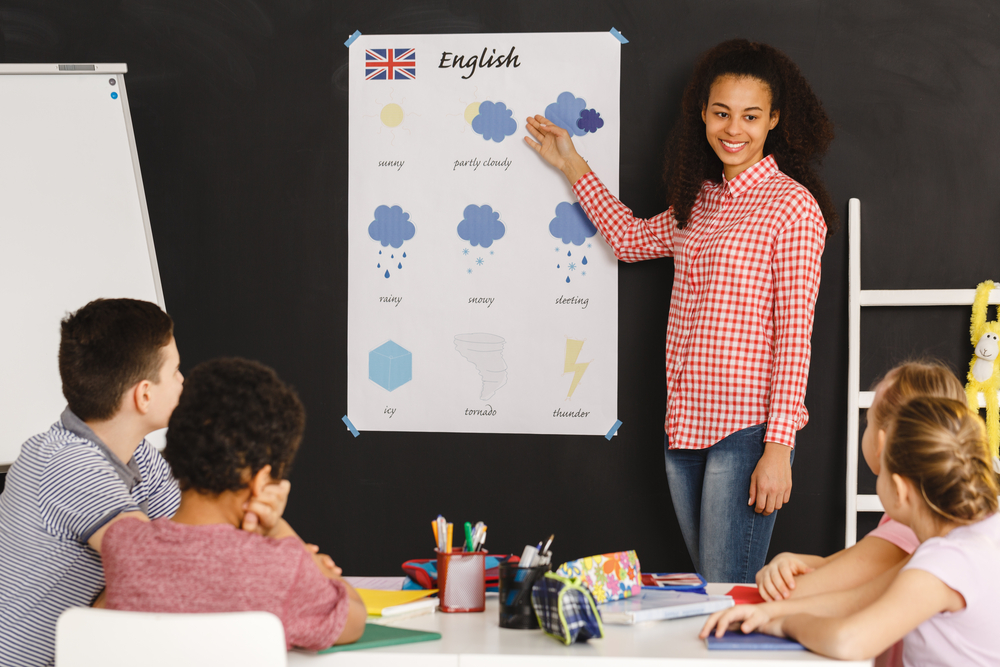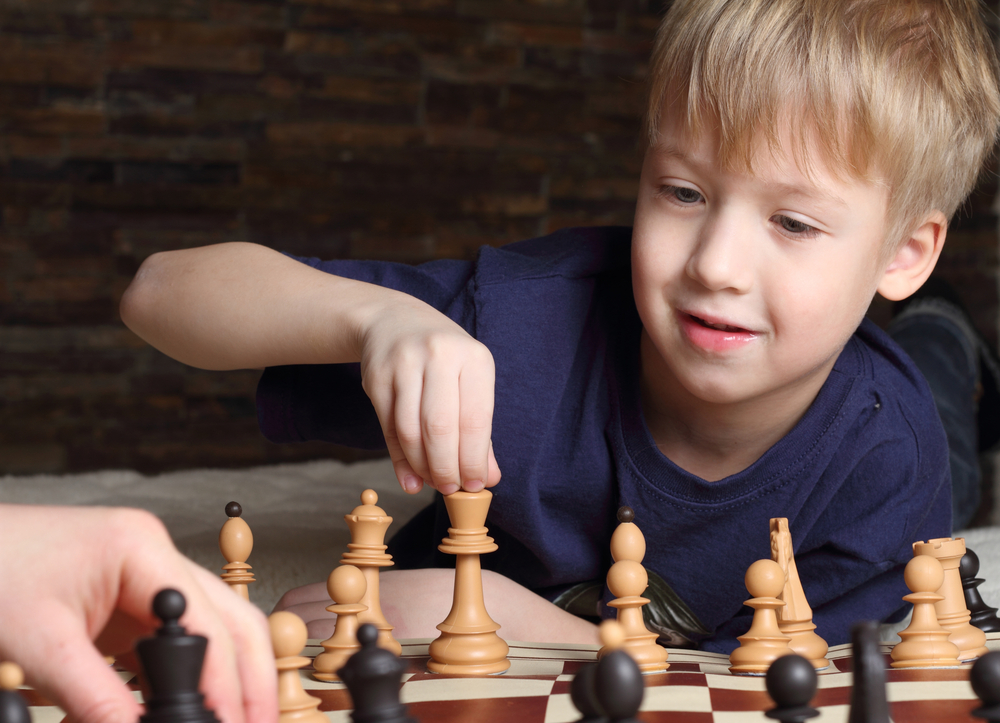Learning number patterns Math Worksheets for Ages 6-7
4 filtered results
-
From - To
Introduce your child to the fun-filled world of math with our "Learning Number Patterns" worksheets designed for ages 6-7. These engaging resources help young learners recognize, predict, and extend number patterns, fostering critical thinking and problem-solving skills. With a blend of visual aids and interactive exercises, kids will grasp foundational concepts essential for future math success. Perfect for both classroom and at-home practice, our worksheets turn learning into an enjoyable experience, keeping children motivated and excited to explore numbers. Lay a strong mathematical foundation with our expertly crafted number pattern worksheets today!
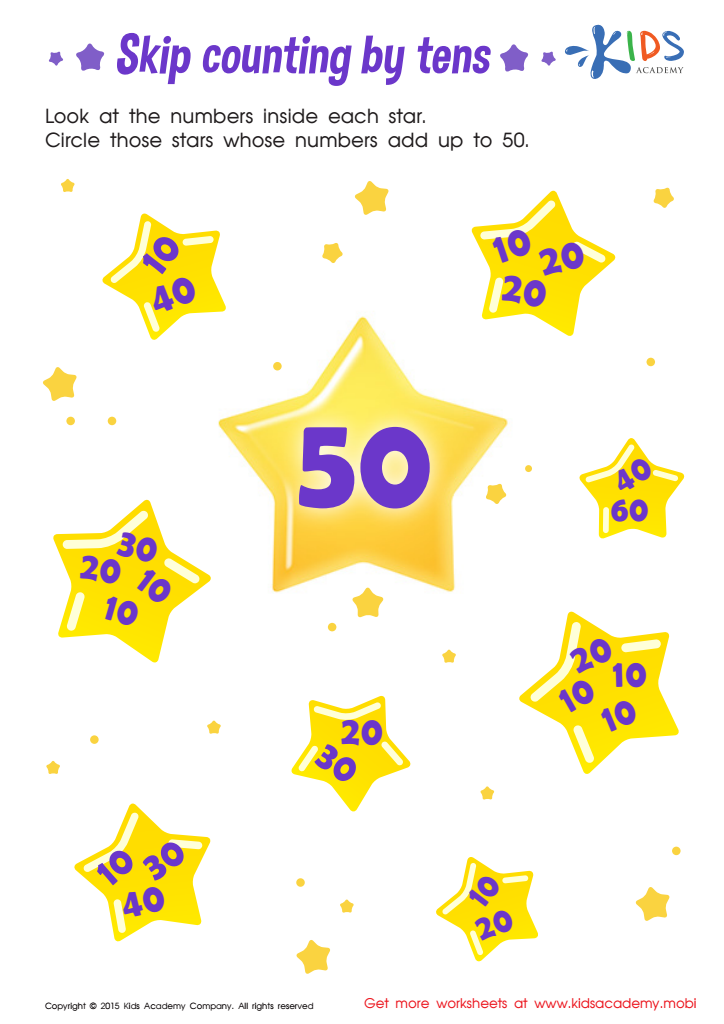

Learn Dozens: Skip Counting by Tens Printable
Learning number patterns is a fundamental aspect of early mathematics education for young children aged 6-7. Number patterns help kids to not only recognize and understand sequences and regularities in numbers, but also develop essential problem-solving skills. Patterns can serve as the building blocks for more complex mathematical concepts, including addition, subtraction, multiplication, and division. By grasping number patterns early, children gain an intuitive understanding of how numbers work, enabling them to manipulate them confidently in various contexts.
Moreover, recognizing and predicting patterns is crucial for cognitive development. It enhances logical thinking and analytical skills, which are necessary for everyday tasks and later academic success in diverse subjects. Consistent practice with patterns also improves memory retention and the ability to focus, both of which are important for effective learning.
From a teacher's perspective, incorporating pattern recognition into the curriculum provides them with engaging, hands-on activities that can make math enjoyable and less intimidating for young learners. When parents and teachers emphasize the importance of number patterns, they build a strong foundation for their children’s future educational journey. Plus, insights gained from these activities often reflect a child’s overall learning aptitude and can help identify areas that might need additional attention.
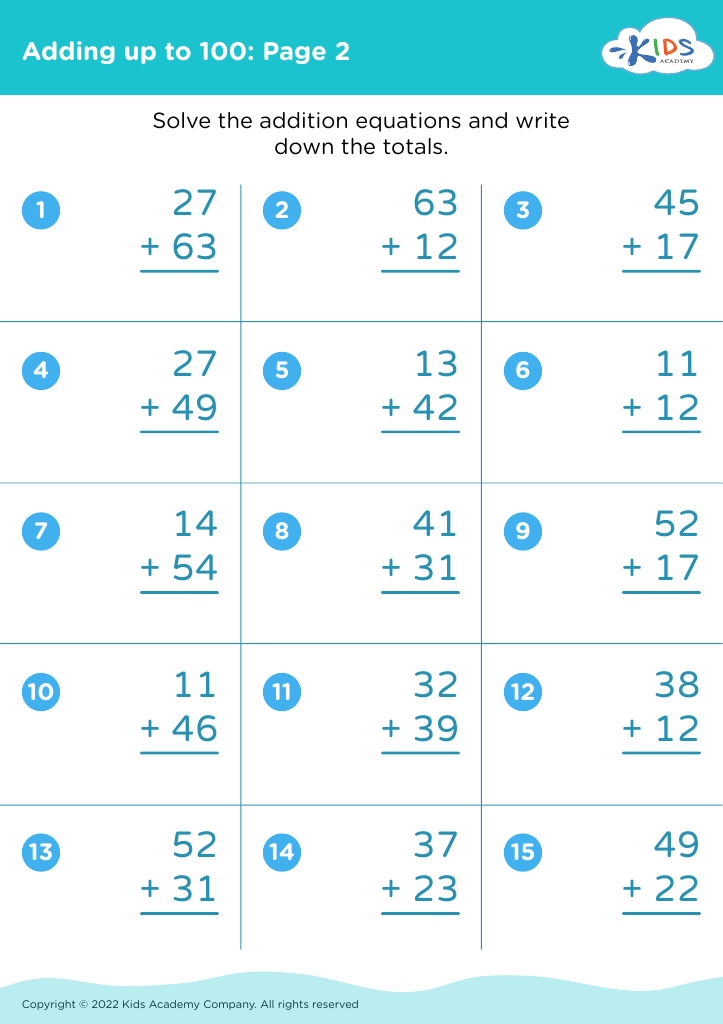

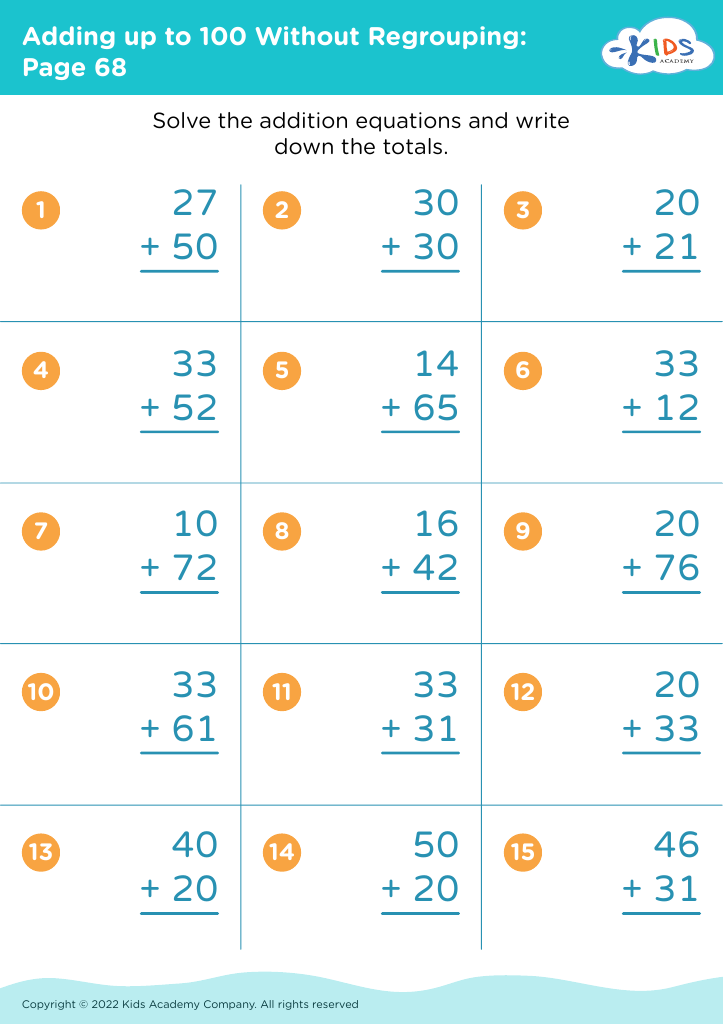
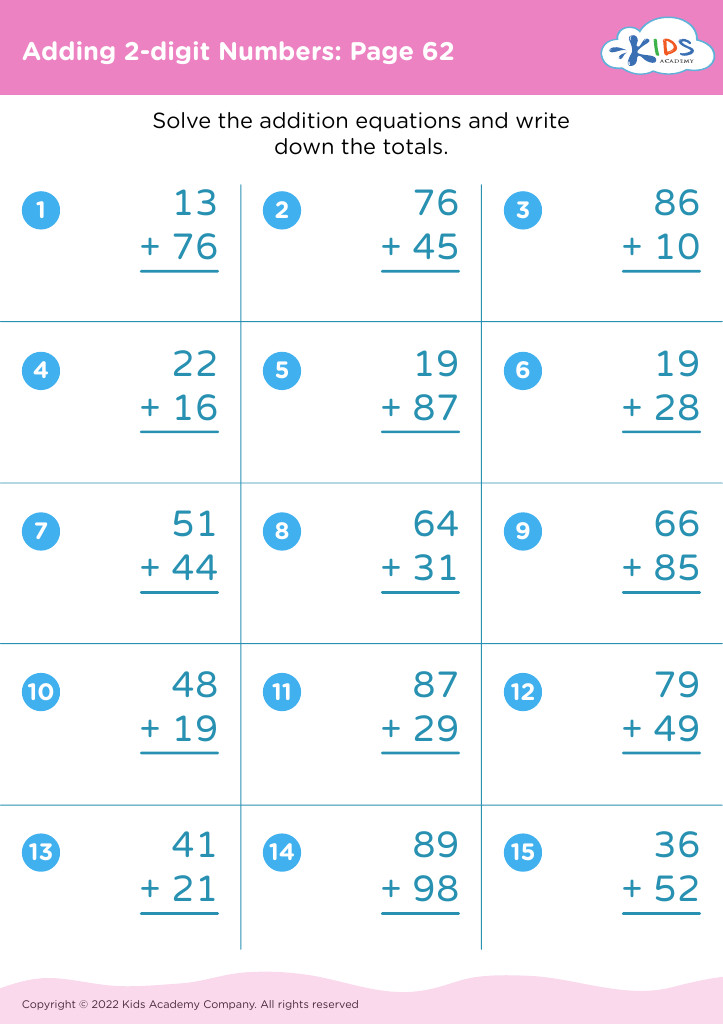
 Assign to My Students
Assign to My Students




